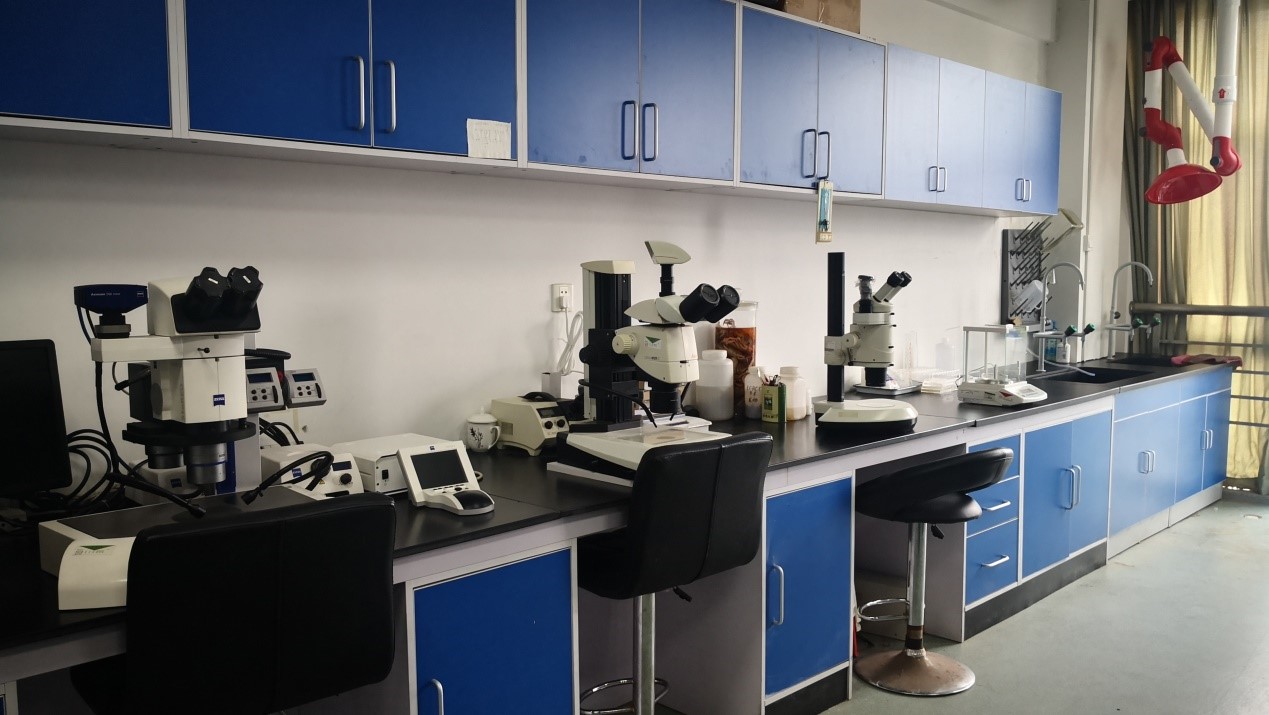

Key laboratory of Marine Ecosystem and Biogeochemistry,SOA was established in August 2005 and merged from the former Marine Chemistry Department and Marine Biology Department, Second Institute of Oceanography (SIO), State Oceanic Administration (SOA). The laboratory is one of three key laboratories in SIO, and one of the main basic research lab on marine ecology and environment under Ministry of Natural Resources.
As one of the main forces, the laboratory staff participated in the Sino-US joint investigation and study on process of marine sedimentation in the Changjiang Estuary from 1980 to 1981, the first South Ocean Expedition in China in 1984, the first Chinese Arctic Expedition in 1999 and the Sino-French joint investigation and study on marine biogeochemistry in the Changjiang Estuary from 1985 to 1987, which has strongly promoted the development of marine biogeochemistry studies in Chinese coastal waters and polar seas. Since the 1980s, laboratory staff have also participated in major national investigations and research projects such as the comprehensive survey of coastal zone & marine resources, the comprehensive survey of Chinese island resources, the Sino-Japanese Kuroshio survey, the environmental survey of China's continental shelf economic exclusive zone, China's previous scientific surveys of the north and south poles, the national marine pollution baseline survey, the comprehensive survey and evaluation of China's coastal environment, and the international seabed regional environmental survey and evaluation. Since 1976, the laboratory has led the development and production of more than 40 kinds of standard and references materials for marine environmental monitoring and oceanographic research, such as nutrients and trace metals.
At present, the laboratory is home for 74 permanent researchers, 46 postdoctoral, temporary employees and graduate students. The laboratory was equipped more than 150 million RMB facilities for field observation and lab analysis. Field facilities include real-time in-situ ocean observation system, mooring observation system, navigation observation system, towed observation and sampling system, and profile observation system. Laboratory based functional analytical clusters include seawater chemical analysis, organic geochemical analysis, trace element analysis, pollutant analysis, marine biological identification, molecular biology, primary productivity, flow cytometry and laser scanning confocal electron microscope, etc. In the past 10 years, the laboratory has undertaken over 300 projects, including MOST key projects (863, 973 key projects), NSFC key projects, Marine Public Welfare key projects, National Ocean Specific Project and Chinese Specific Projects for Polar Research (Chinare Project). The laboratory published more than 800 scientific papers, including more than 200 SCI papers. More than 20 invention patents have been obtained, and more than 30 monographs, atlas and essays have been published. It has won 20 scientific research awards at or above the national and provincial levels, of which 3 have won the first prize at the provincial and ministerial levels.
The current laboratory research fields include (1) biogeochemical processes in the Chinese coastal waters and polar seas with specific focus on biological pump and organic carbon burial; (2) ocean biodiversity and benthic food web; (3) coastal environmental changes and ecological responses such as harmful algal bloom, hypoxia and ocean acidification, marine microbial biodiversity and molecular biology.






